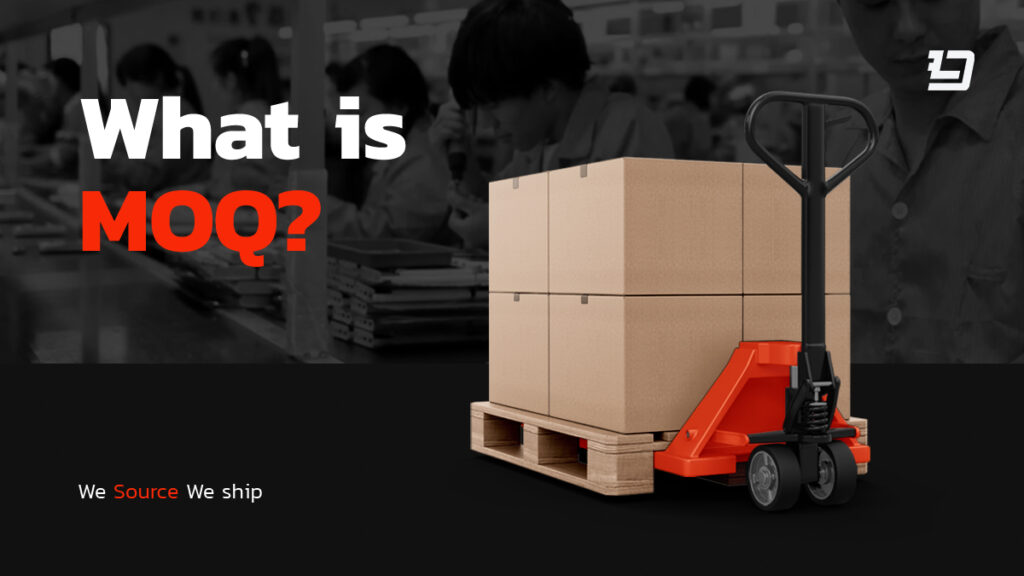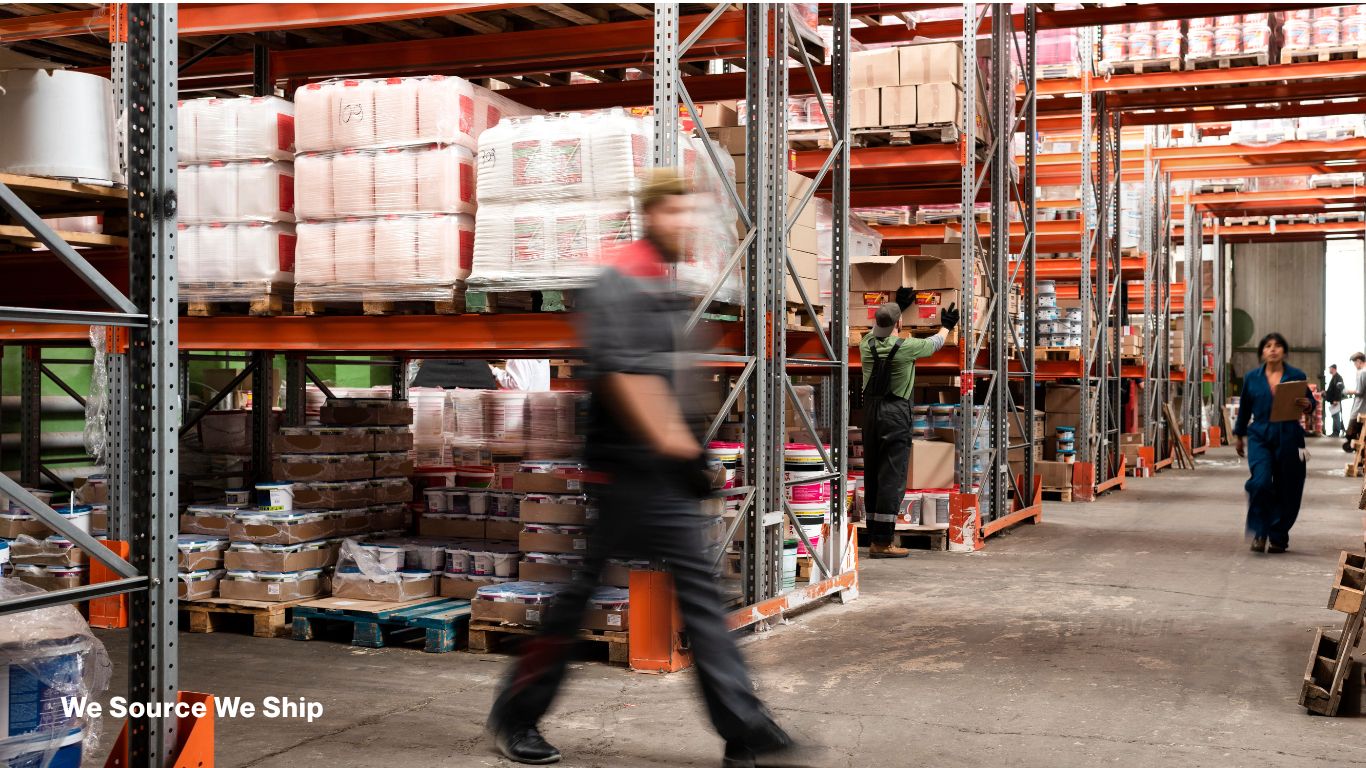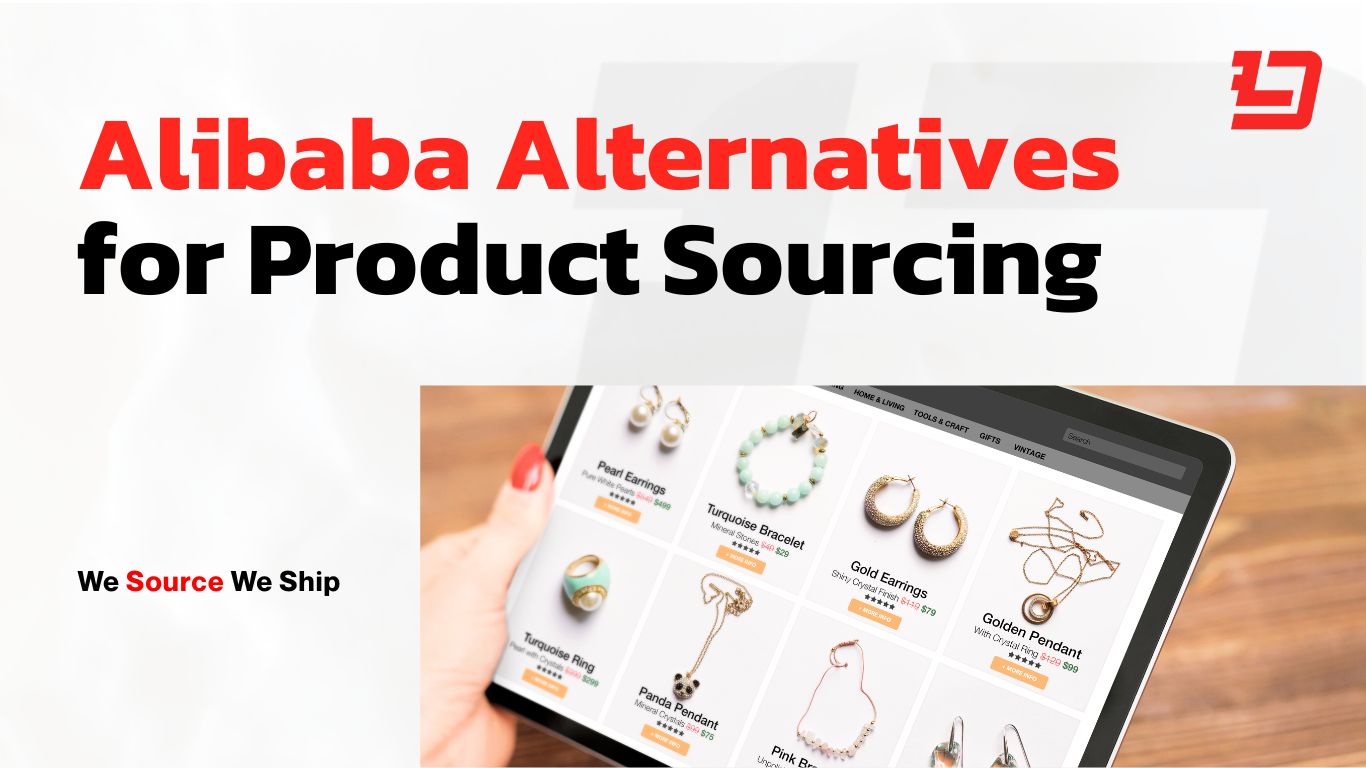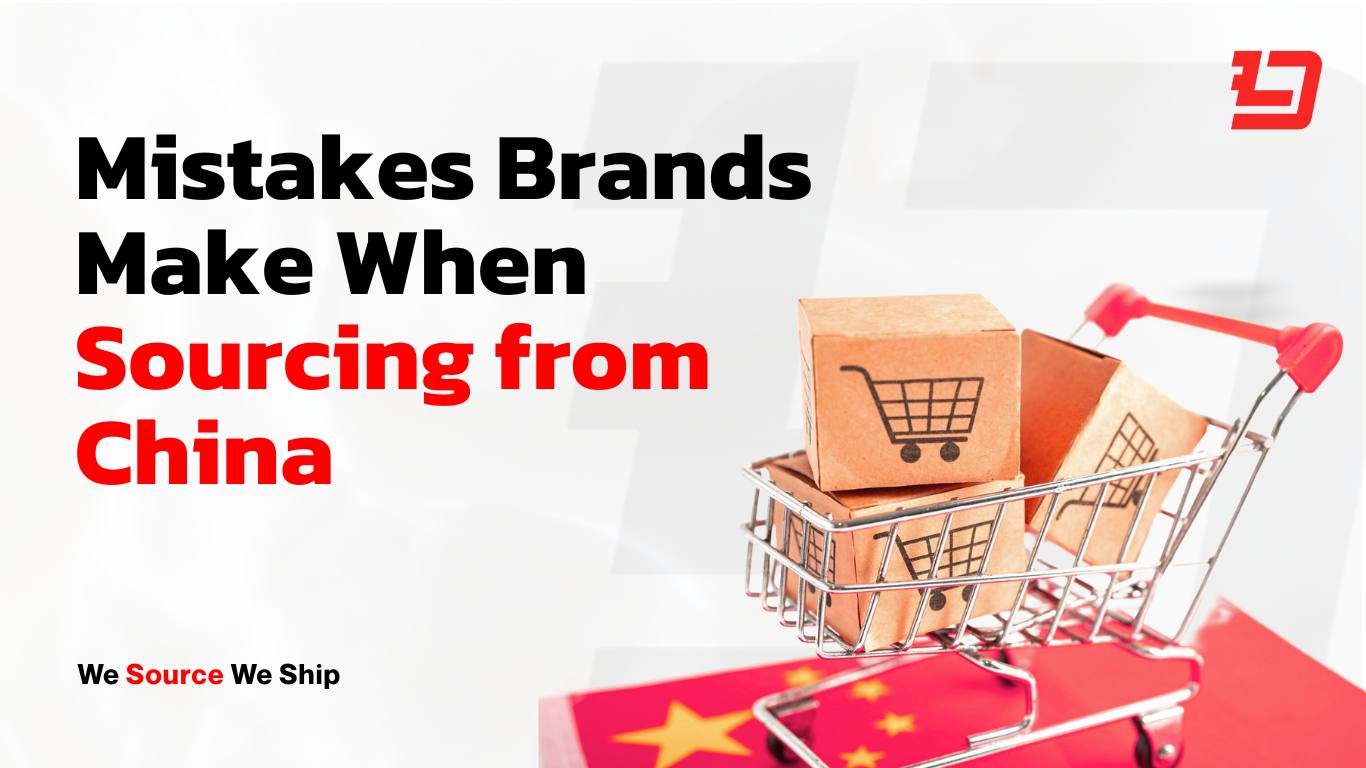
Learn everything about minimum order quantity and how to improve your MOQ strategy with this comprehensive guide
Having the right amount of inventory is integral to any eCommerce business. When it comes to product sourcing, especially from China, online retailers often struggle to figure out how much they need to order. This is because suppliers and factories require a minimum amount of products they’re willing to sell, which is called minimum order quantity (MOQ).
If you’re looking to source from China or anywhere else, it’s important to understand what MOQ means and how to optimize it for your eCommerce business. So let’s dive in!

What is minimum order quantity (MOQ)?
Minimum order quantity (MOQ) refers to the minimum number of units a supplier is willing to sell in a single order. In recent years, the term has become more associated with suppliers and manufacturers who set MOQs for selling products to eCommerce businesses. Therefore, the best way to explain MOQ is with an example:
You’re a retailer looking to source bags for $5 each. The supplier you found has an MOQ of 1,000 units. So this means the supplier won’t accept your order unless you buy $5,000 worth of these bags.
However, keep in mind that suppliers often have different MOQs that suit different products. So if you were sourcing another bag that costs $30, the supplier may have an MOQ of 300.
Types of MOQs
Minimum order quantities are set differently depending on the supplier and the product. Here are the main types of MOQs you need to know:
Simple MOQ
Simple MOQ is when the supplier sets a minimum number of units to be purchased or a minimum amount to be spent. If a supplier’s MOQ is 10,000 units or $20,000 worth of items, this is considered a simple MOQ.
Complex MOQ
Complex MOQ is when a factory sets multiple conditions for an order. Instead of just asking for a minimum number of units, they may also require a minimum spending and minimum order on certain products (SKUs). For example, a factory might ask for at least 10,000 units, a total order value of at least $20,000, and a minimum of 1,500 units of a specific SKU in that order.
Why do suppliers use minimum order quantity?
While MOQ is something most eCommerce sellers don’t like, suppliers and manufacturers need to use it to build a sustainable business. Here are a few reasons why suppliers set minimum order quantities:
– Covering production cost: Manufacturing some products may require a substantial investment from the factory. In most cases, production costs decrease when the order volume increases. If the order volume is below a certain level, the factory may lose money.
– Increase profit margins: Selling more results not just in earning more but in higher profit margins as well.
– Inventory management: Some suppliers may have white-label products already produced in high quantities and are sitting on the shelf taking inventory space. Suppliers may require brands to purchase more in order to free up inventory.
– Targeting a specific customer segment: Some suppliers set a high MOQ so they can only deal with medium to large companies, as smaller businesses often avoid suppliers with high MOQs.
– MOQ from raw material suppliers: When a factory needs to produce something, they also need to purchase raw materials and other components from other suppliers. These raw material suppliers may require an MOQ as well.
Benefits of minimum order quantity
MOQ exists for many reasons. When sourcing products from China specifically, there are a few benefits for both supplies and eCommerce businesses.
MOQ benefits for suppliers:
- Business viability: Setting a specific MOQ is integral for suppliers to sustain their businesses.
- More profits: Selling more leads to more revenue and higher profit margins.
- Predictability: MOQs help suppliers plan ahead and allocate resources effectively.
- Reduced inventory costs: Selling more products helps free up inventory and save costs. Some suppliers don’t even start production until a purchase order is placed, so they don’t need to keep anything in a warehouse.
MOQ benefits for buyers (eCommerce brands):
- Cost savings on high order volumes: If the MOQ is high, you can expect a much lower price per unit.
- More competitive products: When there’s an MOQ that you can meet, you’ll have access to products that other small businesses or drop shippers cannot get their hands on. This gives you a competitive advantage in the market.
- Inventory management: Knowing how much stock you plan to receive helps you optimize your inventory.
How do MOQs impact inventory?
High MOQs and low MOQs can greatly affect how eCommerce businesses manage their inventory. This includes storage costs, cash flow management, and how to split stock across multiple warehouses.
High MOQs
Working with a supplier that requires a high minimum order quantity means you need to order a large amount of stock. Ordering more may put more pressure on your cash flow and require you to allocate more inventory space.
At the same time, high MOQs help you secure better deals with lower prices. You may also benefit from lower administrative costs as you won’t need to place an order more frequently. In addition, shipping in bulk also means you’ll get better shipping rates.
Low MOQs
Low minimum order quantity is what almost all eCommerce brands look for. When considering inventory, ordering a small amount of items can save warehousing costs and unlock more cash flow. However, low MOQs have a fair amount of disadvantages.
Ordering from low MOQ suppliers means you’ll be paying higher prices, ordering inventory more often, and increasing administrative costs. In addition, shipping costs will be higher per item when your order is always small.
4 steps for eCommerce brands to calculate MOQ
If you’re unsure how much MOQ you should have, here are 4 steps to get you started:
- Determine demand
The first step is to determine how much demand you will be expecting. To forecast demand, take into account multiple factors, including product type, seasonality, and price. Always refer to previous sales data to give you more clarity on future demand.
- Calculate your warehousing costs
The cost of holding your inventory can vary widely depending on the product type and how much you’re stocking. Whether you use a fulfillment center or a warehouse, remember that holding costs can significantly affect your margins.
- Find the break-even point
For eCommerce brands, the break-even point is the per-unit price that results in no profit or loss. Understanding your break-even point is crucial to deciding from which supplier you will place a purchase order. If the price the supplier is offering is way above your break-even point, then you need to look for another one.
- Set the MOQ
Now that you have all the above ready. It’s time to calculate your MOQ. Let’s say your business has the following:
- Forecasted to sell 1,000 units next quarter.
- The break-even point is $9.
- The storage cost is $1 per unit for the next quarter.
If you source and store this shipment, it will cost you 9 + 1 = $10 per unit. This means you need to sell at a price of more than $10 to be profitable.
With this in mind, you need to look for a supplier that has an MOQ of 1,000 units. If the MOQ was higher, let’s say 1,200, you need to negotiate with the supplier to find a solution. If the supplier was selling at $8, which is below your break-even point, this may still be a good deal, and it won’t hurt to keep some extra inventory just in case.
Tips to optimize your MOQ strategy
Improving your MOQ strategy can be greatly beneficial for your business and margins. Here are a few tips to make the most out of minimum order quantity:
– Encourage high spending: If you’re stuck with excess inventory due to high MOQ from the supplier, you can set a minimum order value for your store and offer more discounts.
– Eliminate slow-moving SKUs: Keep an eye on the products sitting in storage for longer periods and consider excluding them from your next purchase order.
– Search for more suppliers: Some factories may have dead stock that they want to sell as soon as possible, which can lead them to offer lower MOQs.
– Build connections with suppliers: All business factors aside, building a rapport with your supplier can significantly help you get a favorable deal.
Turn MOQ to your advantage with Lansil Global
Minimum order brings a wealth of opportunities to your eCommerce business. Making the most out of MOQ means you need to understand Chinese suppliers, and the business landscape, and know how to negotiate and build long-term connections.
This process may take years to be fruitful. But if you’re not willing to wait, our team at Lansil Global, a leading China sourcing company, can make it happen right away. In the past 9 years, our team of experienced sourcing professionals has helped many eCommerce brands get the best deals in China.
Want to leverage MOQs to your advantage? Reach out to us today by submitting a free consultation.








